Great Websites To Check Out!
Stores
Fear Not Tarantulas –www.fearnottarantulas.com
Fear Not Tarantulas is the best place you can go to get a tarantula, scorpion, or other related invertebrate. They have a huge selection of tarantulas for good prices, and their customer service is phenomenal! They are always happy to help. You can visit their website linked above or you can stop in their incredible store in Virginia Beach, VA.
Eresus Spider Shop –www.eresusspidershop.com
Another great place is Eresus Spider Shop. Based out of California, they are one of, if not the best place to get invertebrates in the Western US. They have 20+ years of experience, and 95% of their animals are captive bred.
Forums
Tarantula Forum –www.tarantulaforum.com
This is a great place to learn more about pretty much any exotic invertebrate out there. The people on it are generally nice and helpful, and it is very easy to use. There is a For Sale/Wanted section for those looking to buy and sell. This is the main forum I use when I have a question.
Arachnoboards –www.arachnoboards.com
Arachnoboards is another helpful forum. It is a lot like Tarantula Forum, but is different in a few ways. For example, to put up a Classified Ad (Same as the For Sale/Wanted section in Tarantula Forum) you have to pay $10, while it is free on Tarantula Forum. Most of the people on this forum are helpful, but some are very particular. Arachnoboards isn’t quite as beginner friendly as Tarantula Forum, but it is still a great place to learn.
Facts
Curiosity ClaraFied –www.claralogsdon.com
This is a very informative site with tons of facts about all kinds of creatures, from spiders to snakes to sharks. There are a dozen blog posts, (hopefully more soon) each about a different unique subject. This is a great place to learn interesting facts about animals.
Identification
BugGuide –www.bugguide.net
BugGuide is a superb place to identify any bug you see in North America. It has thousands of pictures, and many of them have a detailed report of where, when, and how the bug was found. I use BugGuide when I find something and I am not sure of the species.
Insect Identification –www.insectidentification.org
This is a more beginner friendly version of BugGuide. It doesn’t have quite as much as BugGuide, but is easier to understand.
YouTube Channels
The Tarantula Collective –https://www.youtube.com/c/thetarantulacollective/featured
The Tarantula Collective, hosted by Richard Stewart, is one of the best places to learn about species specific care, whether it be tarantulas, scorpions, or other miscellaneous invertebrates. His videos are easy to understand while being enjoyable to watch because of Richard’s amazing Macrophotography skills. Richard also has a podcast called The Exotic Pet Collective.
Clint’s Reptiles –https://www.youtube.com/channel/UCH18915fTE6yZzKrqdea8RQ
This is a great channel to check out if you are looking to get a pet reptile or invertebrate, but don’t know exactly what kind you want to purchase. Clint Laidlaw goes through each species, ranking them by 5 factors : Handleability, Care, Hardiness, Availability, and Upfront Costs. I highly reccomend this channel for anyone who is looking to get a new scaly pet.
Jack’s World of Wildlife –https://www.youtube.com/c/Jack%E2%80%99sWorldofWildlife/featured
Jack’s World of Wildlife is, in my opinion, one of the best educational YouTube channels out there. Jack Schonhoff strives to teach people the not-so-scary truth about misunderstood creatures such as snakes and spiders. He travels all around the world, coming face to face with lots of fascinating creatures.
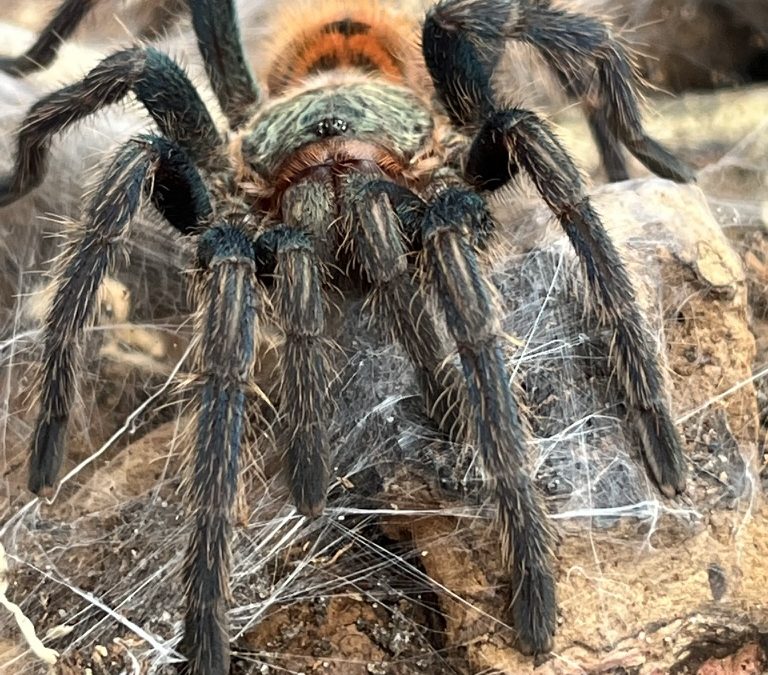
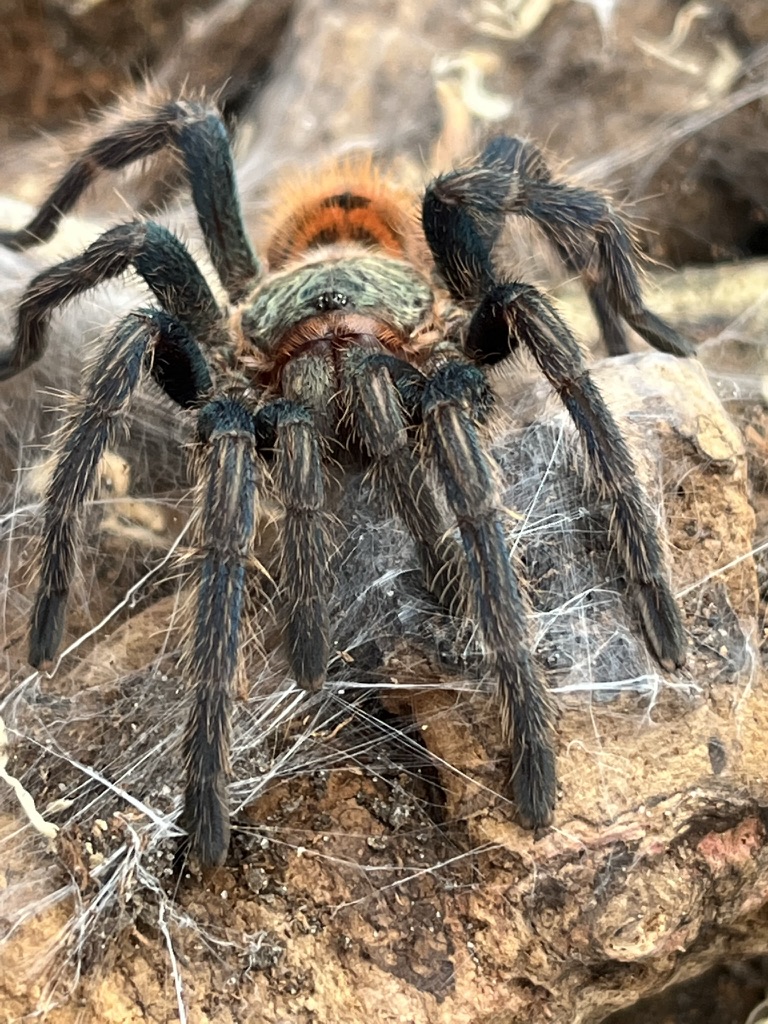

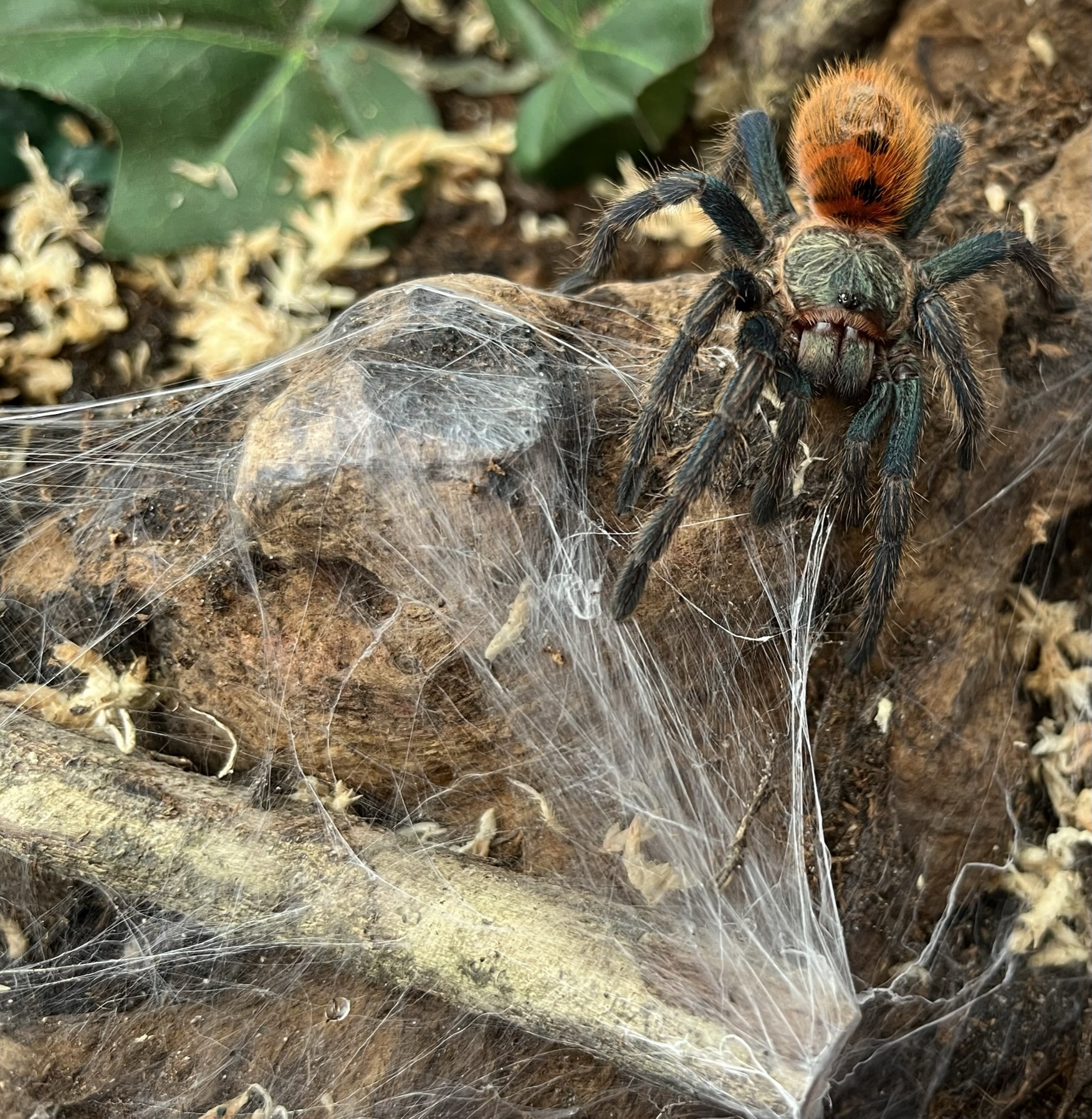
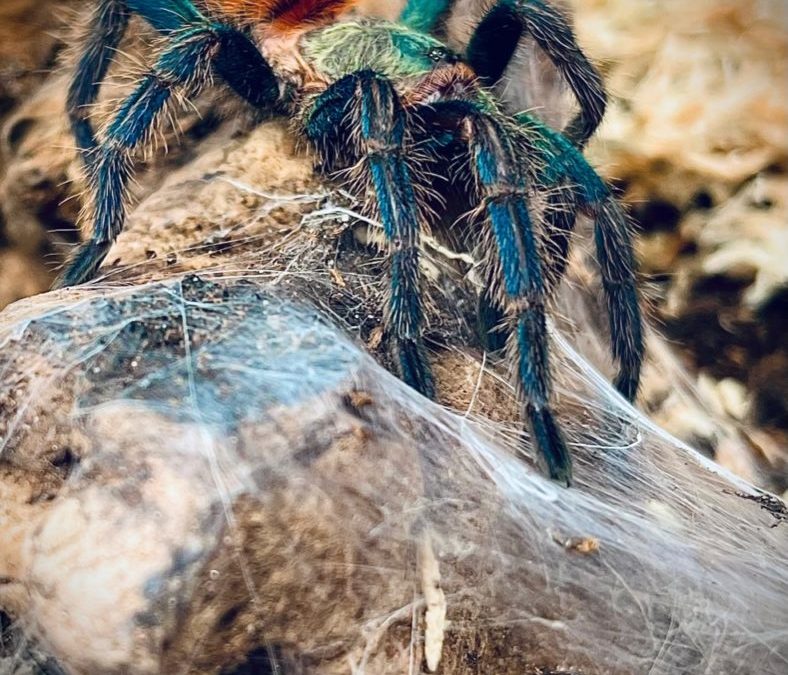
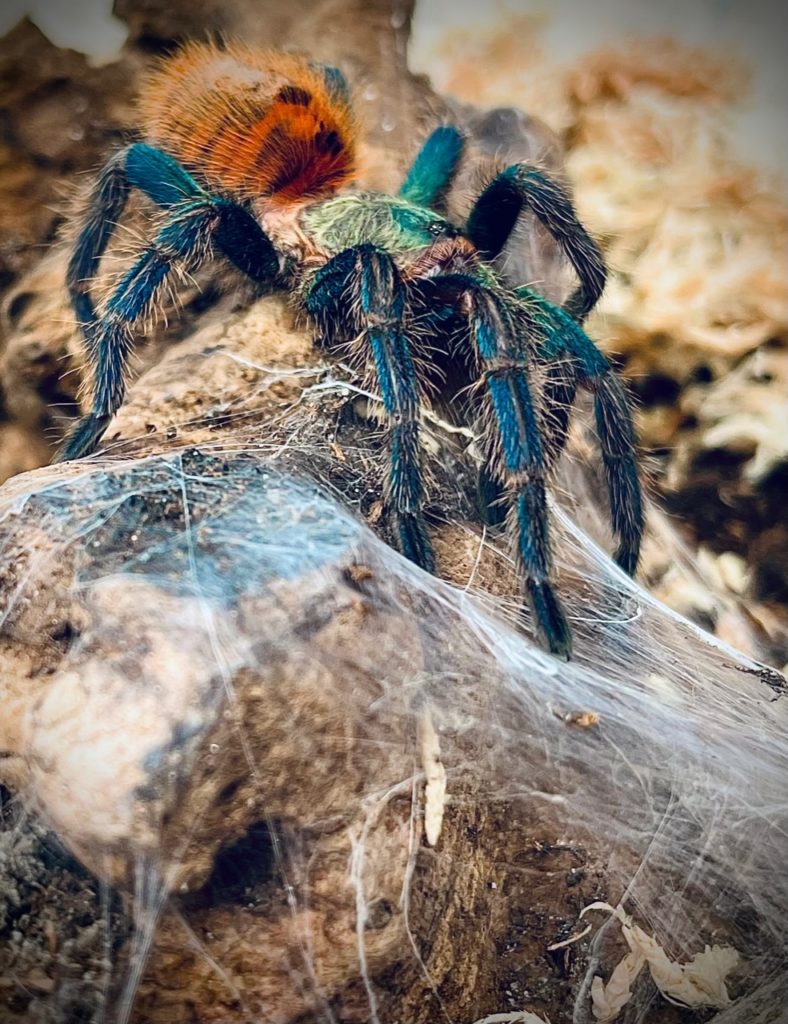
Recent Comments